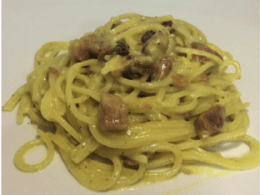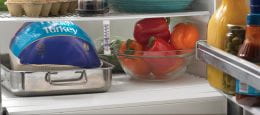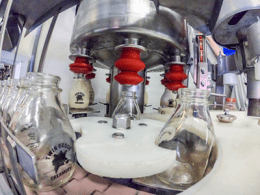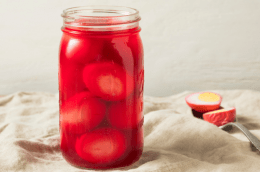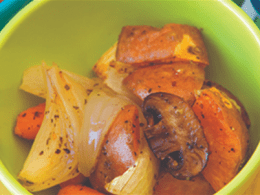
With fall and cooler weather upon us, fall vegetables are plentiful for many meals. Root vegetables are those that grow underground. They include carrots, radishes, beets, parsnips, turnips, rutabagas and others.
Because of their rough surface, it is important to rinse and scrub root vegetables to remove dirt. Peel them to remove hidden dirt and damaged spots.
Turnips are often used as cover crops in fields. But they are also grown in home gardens. Harvest them when they are 2-3 inches in diameter and their shoulders are above the soil surface. If allowed to continue growing, they become bitter and woody in texture. Turnip greens can also be used as a savory vegetable. Rutabagas are best harvested after a frost for best flavor.
Store turnip greens separate from the roots and store in the refrigerator 1-2 weeks. Rutabagas can be stored in a root cellar or at a temperature between 32-40°F with 95% relative humidity. Store up to five months. Remove the tops and taproot to increase storage life.
Enjoy any root vegetable in soups, stews, roasted, baked or many other ways. Combine your favorites with some onion, olive oil, and herbs. Place on a sheet pan and roast until soft and light brown.
Sources: North Dakota State University and University of Minnesota


